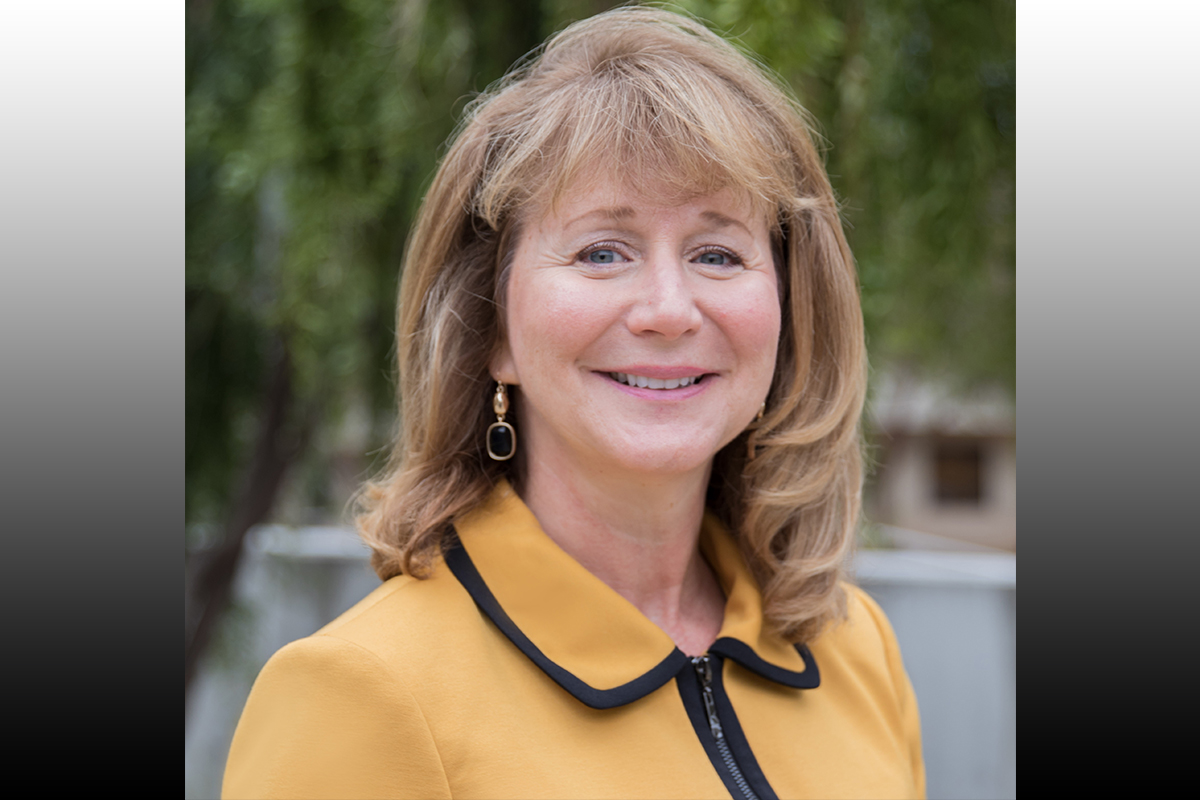CHE Seminar Series with Dr. Jennifer Sinclair Curtis
Friday, April 14, 2023
Flow Behavior of Aspherical Particles
April 18, 3:00pm
Engineering North 107
NASA is interested in simulating the descent of a spacecraft approaching the Lunar
and/or Martian surface along a specified trajectory which will involve gas jet-soil
particle surface interaction through the landing and engine shutdown. In order to
predict the erosion of the Lunar or Martian soil (regolith), a description for the
solid-phase stress for the regolith is needed. For Lunar and Martian soils, the particles
are highly aspherical and irregular, have numerous asperities, and can mechanically
interlock, resulting in a particle bed with very high strength. These properties of
the soil, and the resulting particle-particle interactions, greatly affect the rate
of crater growth, the trajectories of the liberated particles, and the resulting crater
shape. This presentation will outline the development of stress closures via the discrete
element method (DEM) for a particle-phase continuum treatment that incorporate features
of the aspherical particle shape that are typical of actual regolith. DEM is a powerful
simulation tool which provides the details of the flow of individual particles and
facilitates quick parametric studies. Aspherical grains are described either as perfect
cylinders or disks of varying aspect ratio or described using a linked and overlapping
sphere approach. Using this linked approach, the flow of aspherical particles can
also be treated via a bonded particle model which incorporates normal and shear forces
as well as bending and torsional moments. The bonded particle model also allows for
breakage of aspherical particles during impact. DEM simulations are validated via
experiments of particle cratering due to a gas jet, hopper discharge, fluidization,
and measurements of particle-phase stress in a ring shear cell.
Jennifer Sinclair Curtis, Ph.D. is a Distinguished Professor of Chemical Engineering and former Dean of Engineering
at the University of California, Davis. Her research focuses on the development and
validation of particle flow models that have been extensively adopted by both commercial
and open source CFD software packages. She was the first to partner with ANSYS Fluent
to greatly expand the multi-phase simulation capability of the code which is used
by 96 of the 100 biggest industrial companies in the world and over 40,000 customers.
She is a Fellow of APS, AAAS, ASEE and AIChE. She is recipient of AIChE’s Particle
Technology Forum’s Lifetime Achievement Award, a Humboldt Research Award, a Fulbright
Senior Research Scholar Award, AIChE’s Thomas-Baron Award in Fluid-Particle Systems,
ASEE’s Chemical Engineering Lectureship Award, ASEE’s Benjamin Garver Lamme Award,
ASEE’s CACHE Award for Excellence in Computing in Chemical Engineering Education,
ASEE’s Sharon Keillor Award for Women in Engineering, and the NSF Presidential Young
Investigator Award. She also received the Van Antwerpen Award – the highest award
for service to the Institute by the AIChE Board of Directors. She received her PhD
in Chemical Engineering from Princeton University and her BS in Chemical Engineering
from
Purdue University. She currently serves as Co-Chair of the National Academies’ Board
on Chemical Sciences and Technology.

